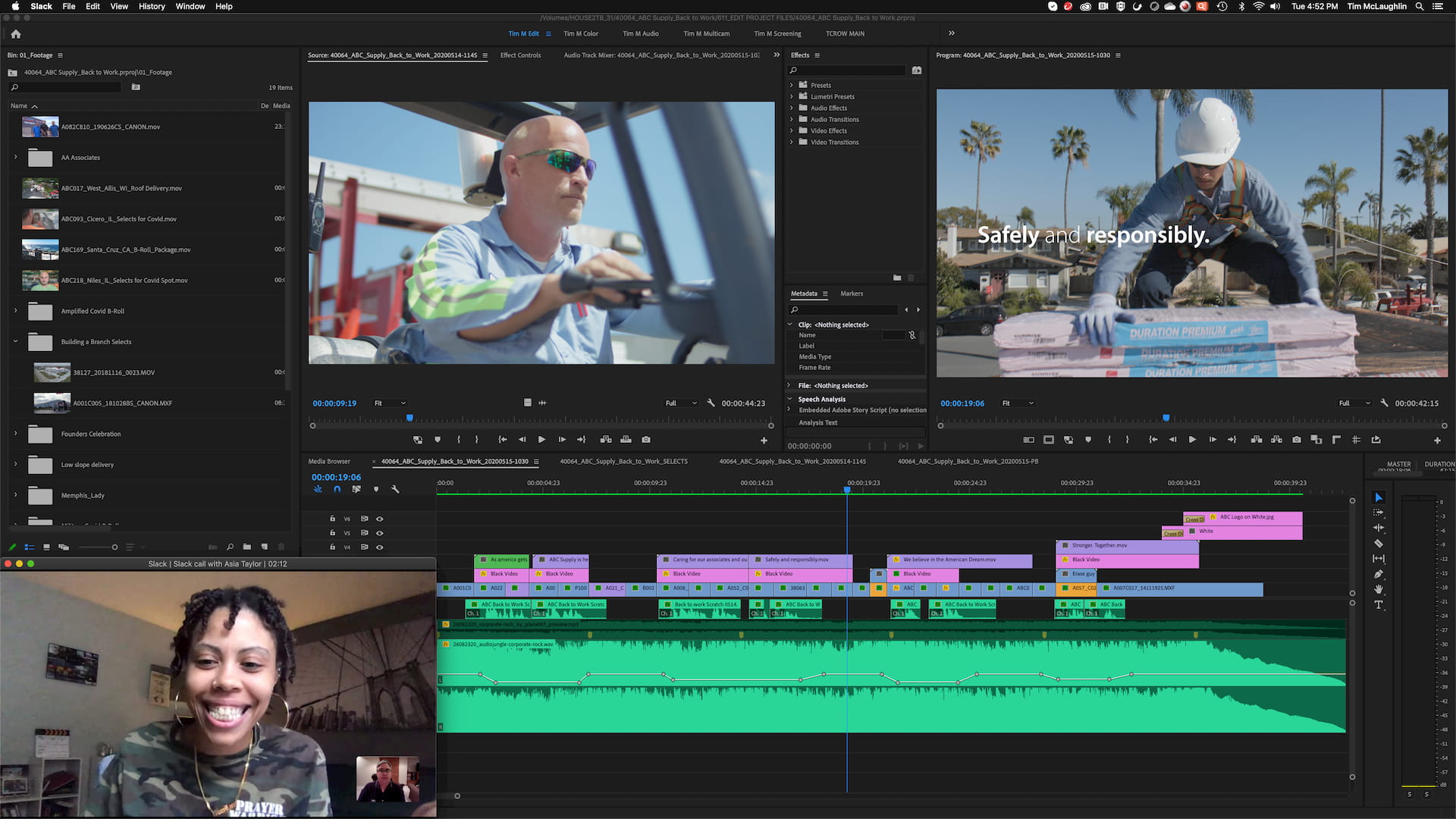Mastering the Art of Video Editing: Transforming Raw Footage into Cinematic Gold
Mastering the Art of Video Editing: Transforming Raw Footage into Cinematic Gold
Blog Article

Video editing is an art form that transforms raw footage into compelling narratives, captivating audiences, and evoking emotions. Whether you're working on a short film, a YouTube vlog, or a corporate promotional video, the process of piecing together visual elements can make all the difference. Mastering this craft is not just about cutting clips together; it's about understanding how to tell a story, create pacing, and enhance the viewer's experience.
Crop Video Online
In today's digital age, the demand for high-quality video content has surged, making video editing skills more valuable than ever. With a myriad of software options and techniques available, beginners and seasoned editors alike can harness the tools of the trade to elevate their projects. This journey into the world of video editing invites you to explore the techniques and storytelling principles that turn ordinary footage into cinematic gold, engaging your audience and leaving a lasting impression.
Essential Tools for Video Editing
Choosing the right tools is crucial for successful video editing. First, a powerful computer with a fast processor and ample RAM is essential to handle high-resolution footage and complex effects smoothly. Investing in a dedicated graphics card can significantly improve rendering times and playback performance. Whether you opt for a desktop or a laptop, make sure it meets the requirements of your chosen editing software for a seamless editing experience.
Editing software plays a pivotal role in transforming raw footage into polished content. Popular options like Adobe Premiere Pro, Final Cut Pro, and DaVinci Resolve are widely used in the industry for their robust features and user-friendly interfaces. Each of these programs offers unique tools and capabilities, such as advanced color grading, multi-camera editing, and motion graphics, allowing editors to tailor their workflow according to specific project needs. Exploring trial versions can help you find the software that best fits your editing style.
In addition to software, peripherals like external hard drives and editing controllers can enhance the editing process. External drives provide additional storage for large video files, ensuring your computer runs efficiently without slowing down due to excessive data. Moreover, specialized controllers and keyboard shortcuts can streamline the editing workflow, making it easier to cut, trim, and arrange clips with precision. Equipping yourself with these tools will foster creativity and efficiency as you embark on your video editing journey.
Crafting a Compelling Narrative
At the heart of effective video editing lies the ability to craft a compelling narrative. A well-structured story keeps the audience engaged and drives emotional responses. Begin by understanding the core message of your footage and the emotions you want to evoke. This conceptual foundation will guide your editing decisions, helping you select the right shots and transitions that align with the narrative flow.
As you dive into the editing process, consider pacing as an essential element of your narrative. The rhythm of cuts, pauses, and transitions can significantly affect how the story unfolds. Quick edits can create tension and excitement, while longer shots allow for reflection and emotional connection. Experimenting with different techniques can uncover the most effective way to tell your story, ensuring that the pacing serves the overall narrative arc.
Finally, pay attention to sound design and music, as these components greatly enhance your narrative. The right soundtrack can amplify emotions and elevate key moments in your video. Likewise, sound effects can add depth and realism, making scenes more immersive. By integrating audio seamlessly with your visuals, you create a richer storytelling experience that resonates with viewers and transforms raw footage into cinematic gold.
Tips for Polishing Your Final Cut
To elevate your video editing project, pay close attention to transitions. Smooth transitions between clips can significantly enhance the flow of your video. Experiment with different types of transitions, such as fades, wipes, or cuts, and choose ones that complement the tone and pacing of your narrative. Avoid excessive or flashy transitions, as they can detract from the story you are trying to tell. A well-timed cut can often be more impactful than a complex effect.
Audio quality is just as crucial as visual elements in your final cut. Make sure to clean up any background noise and ensure that dialogue is clear and at a balanced volume. Adding sound effects and music can also help set the mood and maintain viewer engagement. Pay attention to the audio levels so that they blend seamlessly with the visuals. A polished audio track can transform the viewer's experience, making your video more immersive and enjoyable.
Finally, color grading is an essential step that can dramatically alter the look and feel of your footage. Adjusting brightness, contrast, and saturation can help unify the different clips and enhance the overall aesthetic of your video. Use color grading to evoke emotions and reinforce the mood you want to convey. Take the time to experiment with different color palettes and find a look that elevates your project, ensuring your final cut feels cohesive and professionally finished.
Report this page